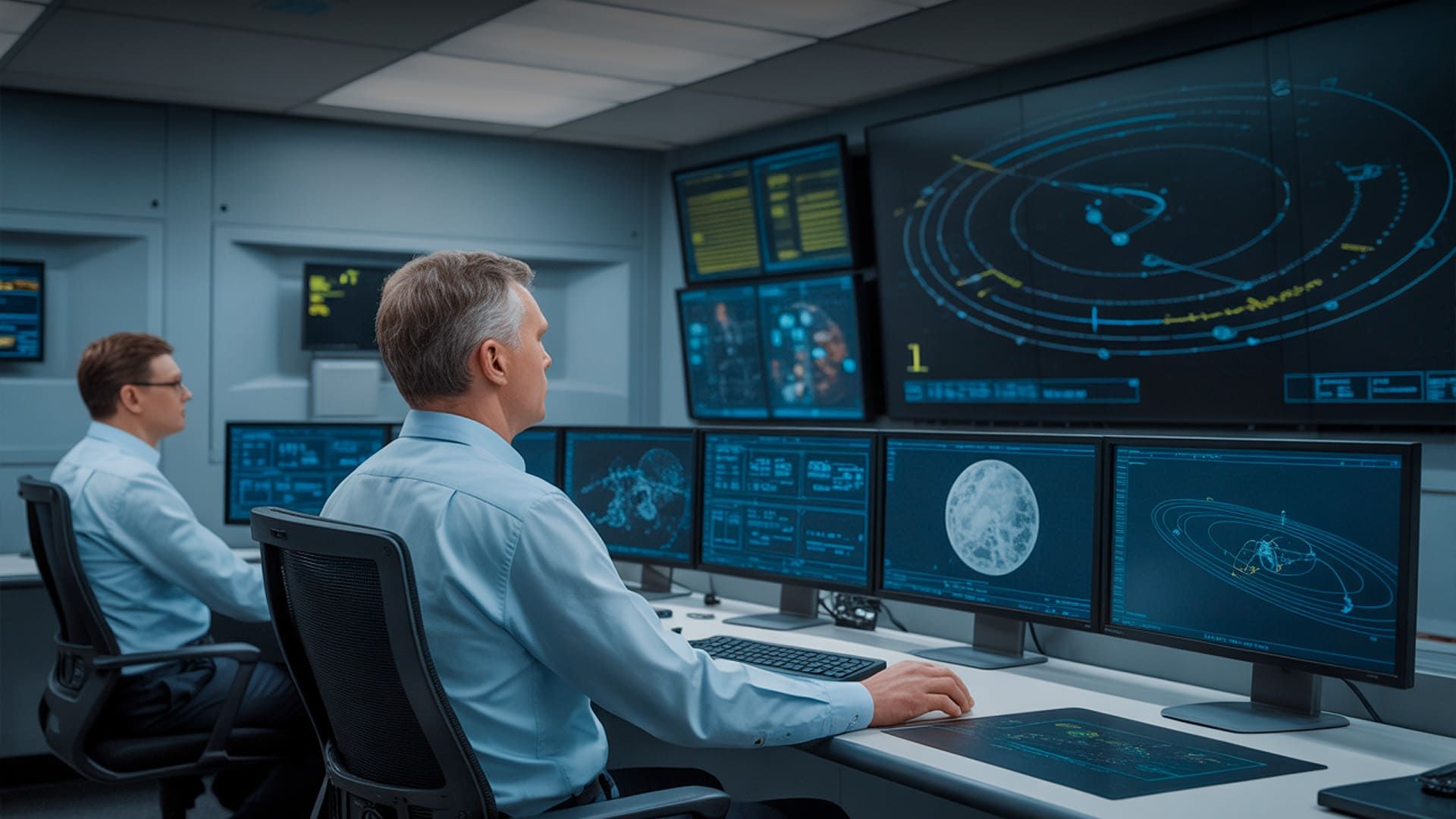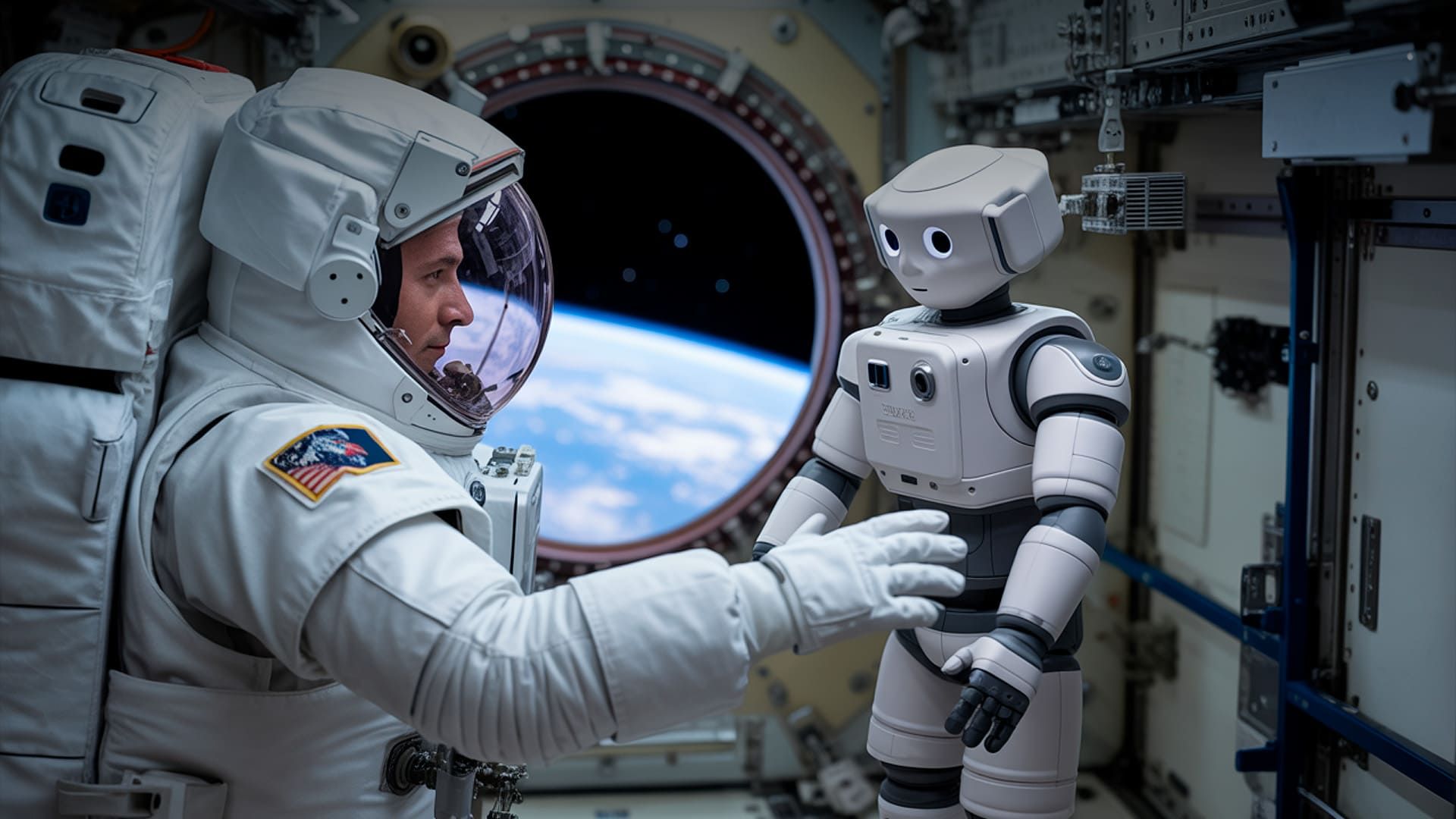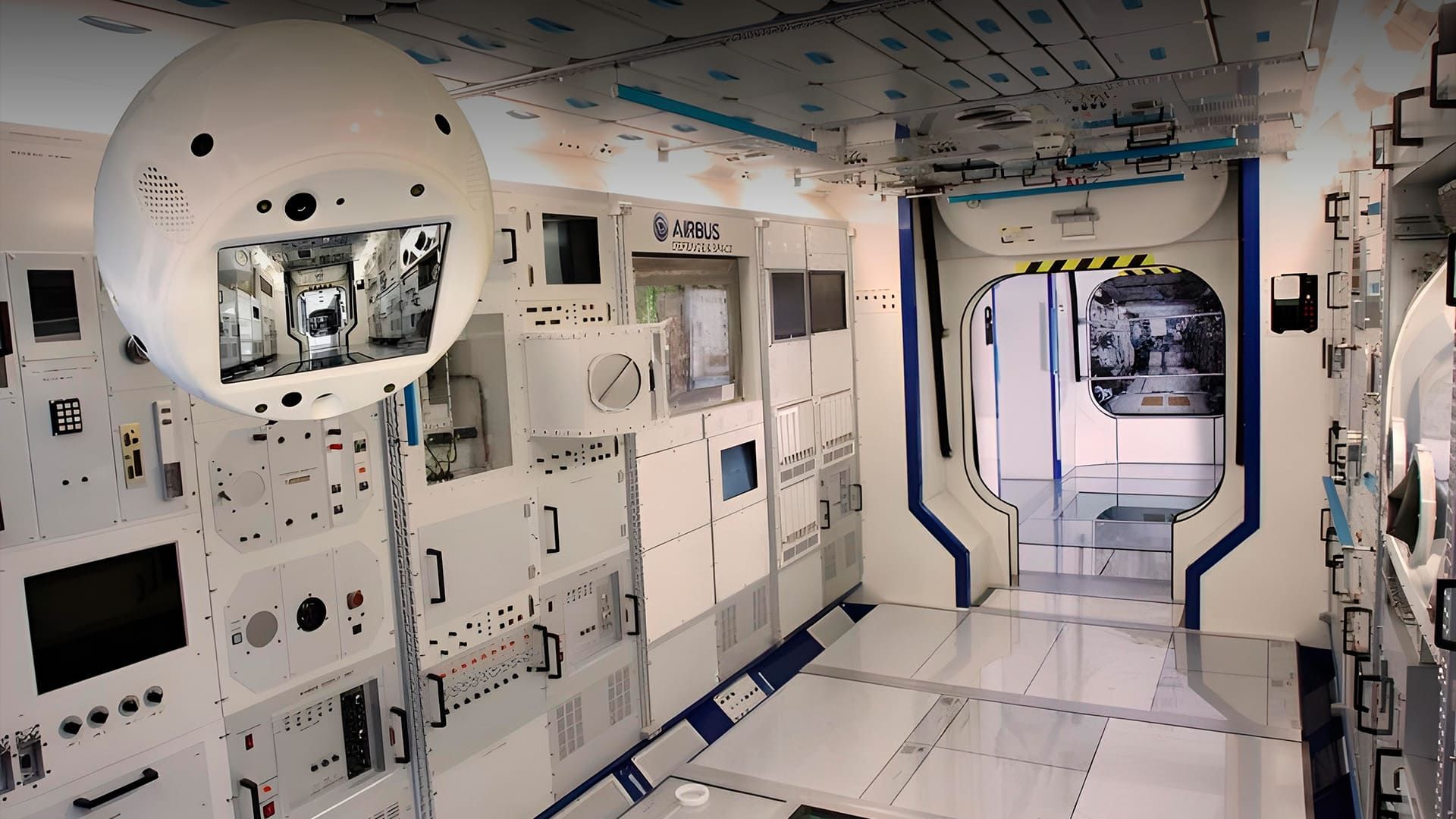Discover how Artificial Intelligence is revolutionizing space development with real examples from NASA and JAXA, autonomous exploration on Mars, and the future of human-machine collaboration in space missions. #Meetlabs

Space has always represented humanity's ultimate challenge—an environment rife with technical barriers, high costs, and risks. Yet, Artificial Intelligence (AI), evolving at unprecedented speed, is unlocking new frontiers. In this article, we'll explore how #Meetlabs breaks down these advanced concepts and how AI is revolutionizing robotic missions, Martian exploration, and human support in space.
NASA and JAXA are deploying intelligent systems to enable previously impossible missions:

The Ingenuity drone aboard Perseverance has changed the game. It uses AI to map terrain, avoid obstacles, and select optimal paths in real time—reaching areas rover couldn’t. On Mars, AI also analyzes environmental conditions, classifies rock types, and prioritizes key scientific data for Earth transmission.

On the International Space Station (ISS), human–machine collaboration is evident: AI-driven robots handle dangerous or repetitive tasks, allowing astronauts to focus on creative research. AI also monitors crew health and mental state in real time, and conversational/emotional support systems are being explored for long-duration missions.

Ambitious projects such as lunar bases and human missions to Mars demand AI: from robotic construction units to autonomous life-support systems. In the medium term, AI will pilot spacecraft, explore deep space, and analyze massive datasets—leading to new physical laws and deeper cosmic insights.
Artificial Intelligence isn’t just a tool for space development—it’s a strategic partner. It enables safer, more efficient, and more ambitious exploration, reshaping humanity's role in future missions. At #Meetlabs, we believe understanding this synergy is essential for leading innovation. The next step? A base on Mars—and beyond.